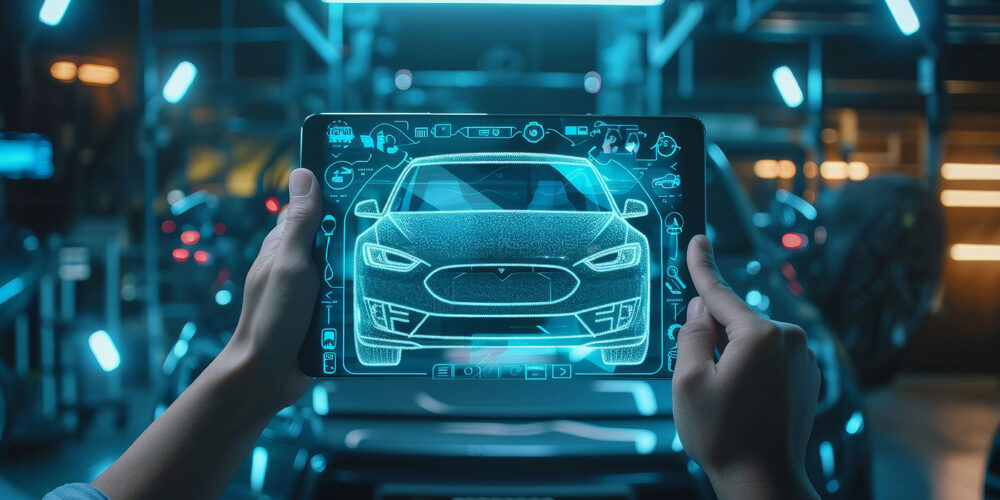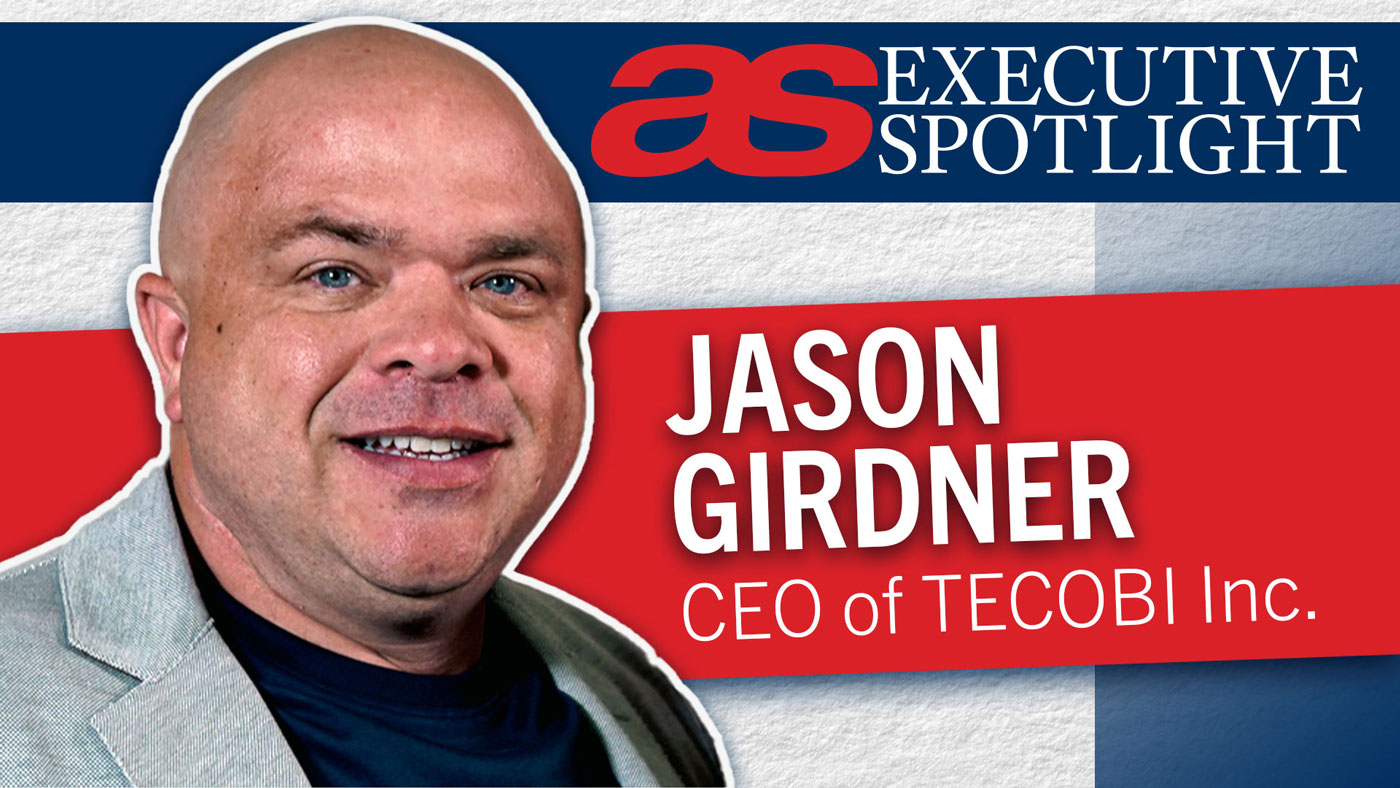In my conversations with dealers about the effectiveness of their marketing programs, I’m often asked “Why can’t I just do email?”
While it’s true that email is relatively inexpensive and can provide a decent ROI, it has its limitations. Relying on email alone limits your reach, ignores the way consumers behave and may not be the best channel to support your campaign objective.
In fact, every marketing channel has its pros and cons. Which is why using all channels together in an omnichannel strategy provides maximum ROI.
When you limit marketing to one or two channels, you limit effectiveness in the following ways.
Data Limitations
Let’s be honest and face the fact that most dealers don’t have great contact information for many of their customers, and even worse for prospects. The average dealer DMS contains complete, actionable email addresses for only 65% of customers, before appending efforts.
If you’re better than average with 70% actionable emails and an email campaign nets a 20% open rate, that means you’ve reached 14% of your customers. What about the other 86%?
Marketing effectiveness is still measured by reach x frequency. What does it take to reach 100% of consumers with enough frequency to change behavior or trigger an action?
First, look at your campaign objective. Are you trying to stimulate action among a loyal customer group, or among a group of prospects? For loyal customers, it may only take one to two touches. For prospects, the standard is the “Rule of 7,” meaning it takes an average of seven touches to stimulate action.
Second, analyze the contact information you have. Physical mailing addresses are among the most complete and easiest to find in appending efforts, which is why we still use print and many dealers have great success with postcard mailings.
Social media advertising is also very effective because Facebook matches an average 80% of customers in a DMS database to its end users. If you add in Google properties including YouTube you’re close to 100% reach.
Consumer Behavior
Consumers are omnivores, meaning we consume different messages at different times through different channels. Our habits are fragmented, ever-changing and not well described by demographics, preferences or even previous behavior.
This week I’m on a 10-hour flight, so I will read emails. Next week I have wall-to-wall meetings so I won’t read emails. When people return from business trips, they throw away accumulated junk mail. Almost everyone looks at text messages.
On average, people spend far more hours every day on social media channels and surfing the Internet than they spend reading emails or looking at mail.
The idea that we need to market based on consumer preferences, or that Millennials are more socially engaged while Boomers still read newspapers is inaccurate. All age groups are omnivores, although admittedly I’m not sure if my son has ever read a newspaper.
The way we consume media is complex and unpredictable. Some consumers’ “preferred” email is actually an address they created for spam and junk email. To try and guess which media channels your customers will respond to is like trying to guess what they’re having for dinner tonight.
Limiting channels is not the answer. Using all channels is the answer. The advantage to omnichannel marketing is that when combined with data gathered from your customers’ online behavior and predictive analytics, you can literally serve up the right message to the right customer at the right time on the right channel.
Media Effectiveness
Every channel has a different role in the communication journey. Paper is great to inform but not so great for driving immediate action. Vice versa for text and phone calls, which is why you have your salespeople follow up emails with phone calls when they respond to new leads.
Digital ads are great for brand awareness while videos are ideal for building customer relationships and trust. PPC is a great way to reach consumers during their zero moment of truth (ZMOT), particularly for service and parts.
For every campaign, define your business objective. Do you need a last-minute push to reach your monthly new vehicle sales goal, or do you want to promote a pre-owned incentive? Do you need more ROs, or more lines per RO? These are all different strategies for different audiences that require different messages. Once you’ve defined your audience and message, then decide which channels are best to communicate that message.
In today’s world an omnichannel strategy is necessary to boost marketing reach x frequency to a level that keeps you competitive. Limiting channels diminishes brand awareness and communications with prospects, and even more important, your current customers.
By Scot Eisenfelder, CEO of Affinitiv














